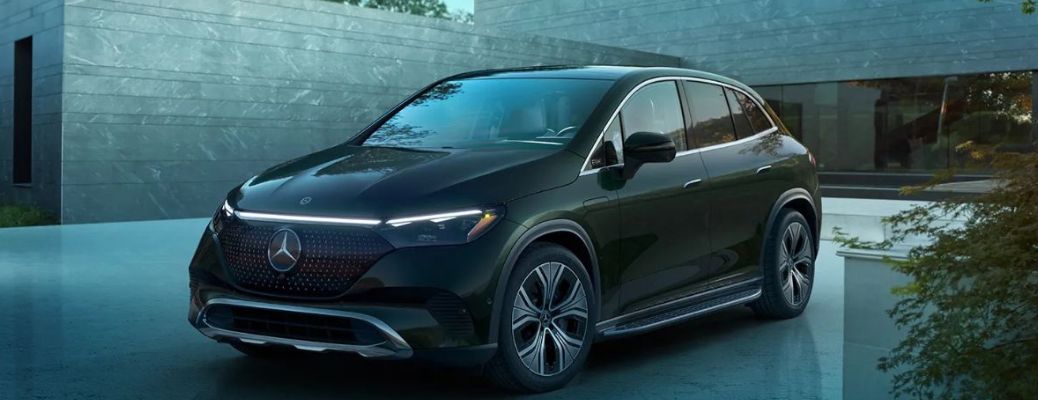2019 Mercedes-Benz S-Class S560e Hybrid Sedan Release Date and Range
A new-generation plug-in hybrid is the latest addition to the stunning Mercedes-Benz S-Class lineup. Representing an ideal emission-free future for motor cars, the innovative S560e Sedan made its debut at the 2017 Frankfurt International Auto Show in September. Due to an increasing number of drivers choosing hybrid and electric cars over traditional gas models every year, the new plug-in hybrid sedan will be sold in the U.S. and is expected to become a quick favorite. Continue reading for more about the S-Class S560e release date, performance specs, and estimated all-electric range.
[ READ MORE: 2018 S-Class Sedan Interior Features and Engine Specs ]
S-Class S560e Release Date
The 2019 S-Class S560e is expected to arrive at U.S. Mercedes-Benz showrooms sometime mid-2019. The modern hybrid offers drivers the best of both worlds; all-electric power can be used for city driving, while the combustion engine’s range is perfect for long country-side cruises. Thanks to hybridization, the internal combustion engine is more efficient, ensuring improved performance. The 2019 S560e upholds the effortlessly superior S-Class driving sensation with enhanced electric output.
Hybrid System Specs and Range
Improved and refined, the 2019 S560e’s hybrid drive system consists of a 362-horsepower V6 spark-ignition engine and a new electric motor with an output of 90 kW and 325 lb-ft torque. The electric motor was specially designed for the 9G-TRONIC plug-in hybrid transmission, resulting in smooth, effortless acceleration in hybrid mode. With an on-board, fast-charging 7.2-kW charger, the S560e’s enhanced 13.5 kWh lithium-ion battery has an approximate all-electric range of 25 miles.
[ WATCH: Mercedes-AMG Project ONE: Hybrid Sportscar ]
Eco Assist
The new plug-in hybrid sedan also features ECO Assist, an intelligent operating strategy that provides comprehensive support to reinforce economical driving. For example, a variable point of resistance in the pedal indicates to the driver that maximum electric output is being delivered. If the driver continues to press the pedal beyond this point, the combustion engine kicks in. Navigation data, traffic sign recognition, and information from the intelligent safety sensors are networked and processed via Eco Assist, as well, to promote anticipatory driving.






